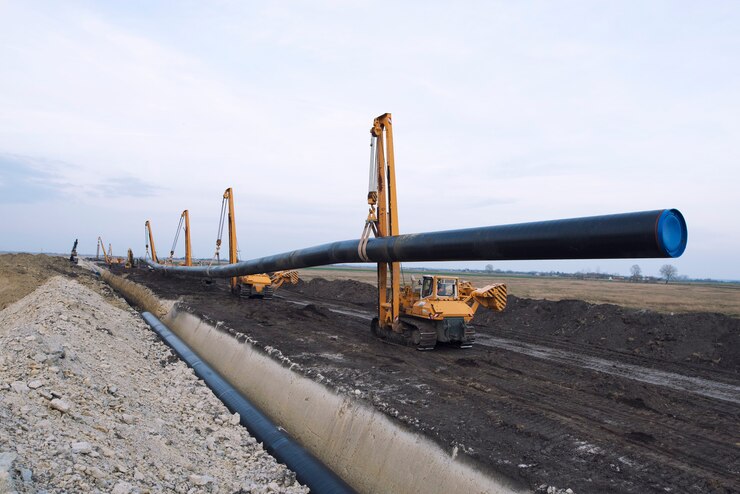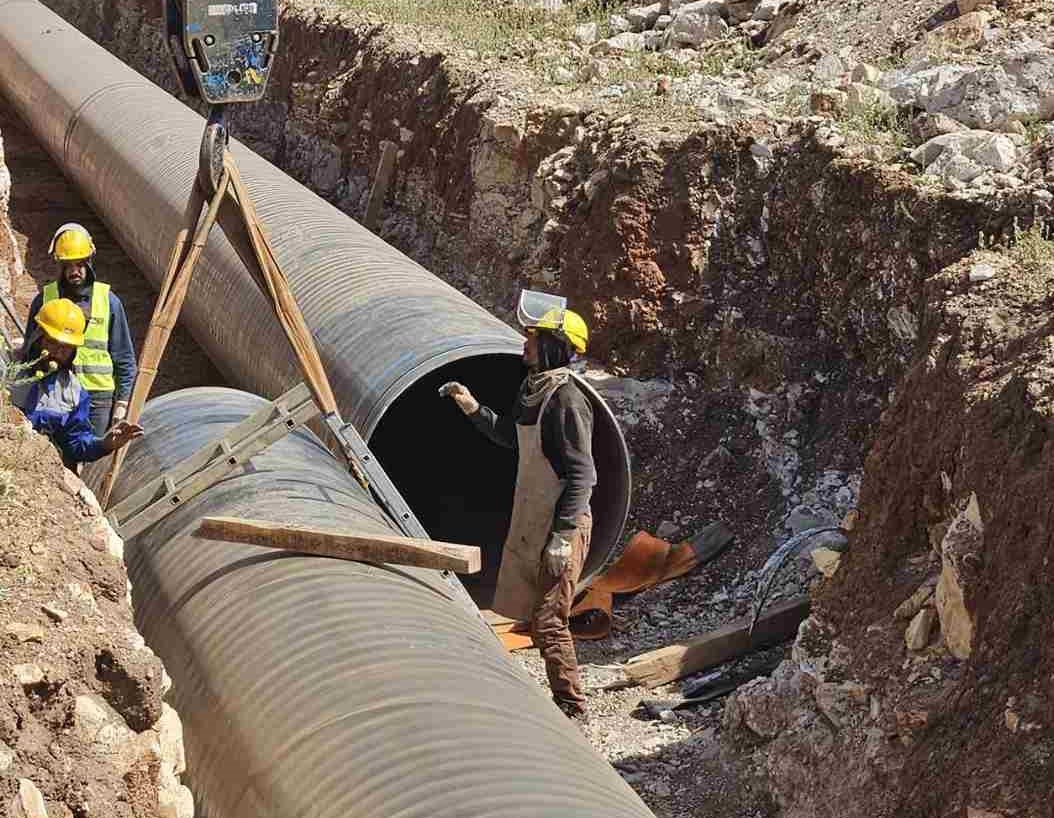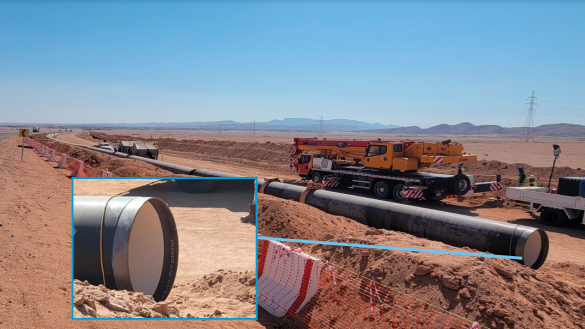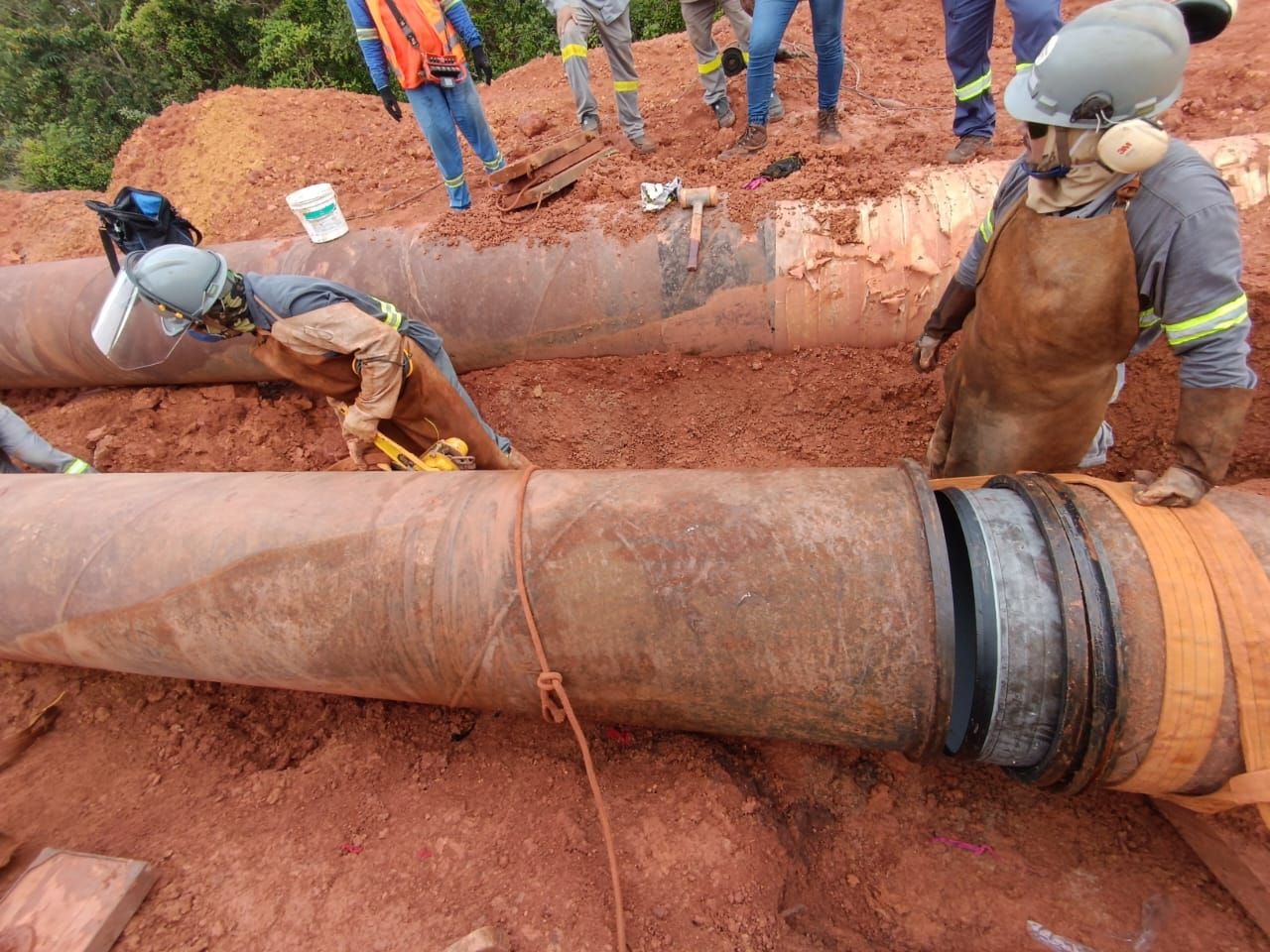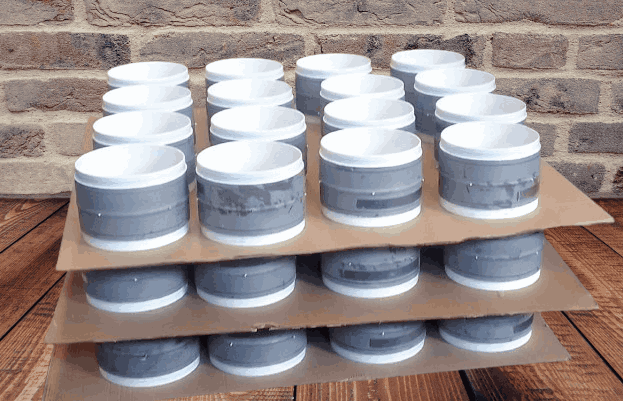Transporting various materials, such as oil, gas, and water, requires underground pipeline construction. Local communities and infrastructure often experience disruption and inconvenience during this type of construction.
Oil and gas industry pipeline construction is one of the most complex projects any organization can undertake. External bottlenecks can cause delays, excessive costs, and a variety of other problems.
You will need to plan, adopt the right technology, and enlist the assistance of the right partners when necessary if you want your major pipeline construction project to run smoothly and under budget.
Find out how a project manager can overcome some of the challenges that can arise during pipeline construction in this post.
Read our blog: Welded Joint Systems for Lined Pipe: A Complete Overview
Common Challenges in Underground Pipeline Construction
Following are some challenges that you may face during the installation of a pipeline:
Infrastructure of Shortfall
The majority of new pipelines are being built in areas with existing oil and gas infrastructure. This is an important concept to keep in mind. However, you need to upgrade most of the pipelines already in place to support the actual production capacity of a particular play.
It is possible that the space significantly underestimated its capacity in the past or that new drilling technologies have enabled the extraction of previously inaccessible oil and gas. Whatever the reason, a pipeline project needs to be able to build around existing pipelines and replace them as needed.
Utility Interference
Underground pipelines often share subsurface space with existing utilities such as gas lines, water pipes, and electrical cables. The risk of interference and potential damage to these utilities poses a significant challenge.
Advanced mapping technologies and close collaboration with utility companies are vital to prevent accidents and service disruptions.
Right of Way Issues
A significant concern with pipeline construction is the amount of land they cover. It can be challenging to secure the right of way for building the pipeline because of this. In most cases, eminent domain, which covers interstate oil and gas pipelines, local landowners cannot stop the pipeline from being built.
However, the main pipeline is only one part of the overall project. A builder usually has to obtain a right-of-way agreement with each landowner before constructing wells and smaller lines feeding into the main line. In the absence of proper planning, this can be a time-consuming and expensive process.
Regulatory Compliance
Underground pipeline construction is subject to various local, state, and federal regulations. Obtaining permits and ensuring compliance with safety and environmental standards can be a time-consuming and complex process. Delays in regulatory approval can hinder project timelines and increase costs.
Difficult Terrain
A pipeline construction project must typically account for terrain challenges due to the long distances covered by pipelines. Multiple factors could contribute to this, such as extreme weather conditions, mountainous terrain, and elevation changes.
A project that is not adequately prepared to deal with all of these issues can suffer serious problems. Therefore, it is essential to consider all potential challenges before embarking on a pipeline construction project. Additionally, it is necessary to ensure that the entire project team is aware of the potential risks and is prepared to address them.
Geopolitical Issues
Pipeline construction projects typically cross several political jurisdictions, including municipalities, counties, and states. To build in each of these individual jurisdictions, you will have to adhere to its own unique set of building codes and regulations. Taking into account just one of these disparate sets of rules can result in severe delays for the entire project, which dramatically complicates the construction process.
Suppose you want to ensure that geopolitical issues don’t derail your project. In that case, it’s essential to start early with approvals and to work with a partner who understands local regulations better than you do.
Overcoming the Challenges of Underground Pipeline Construction
We can take several steps to overcome the challenges of underground pipeline construction, including:
- Conducting thorough geotechnical investigations: This will help to identify and mitigate potential geotechnical risks.
- Working closely with landowners and permitting authorities: This can help to expedite the right-of-way process and minimize delays.
- Developing and implementing a comprehensive environmental management plan: This will help to reduce the environmental impact of the project.
- Implementing strict safety measures: This includes providing workers with proper training and safety gear and using appropriate equipment and procedures.
- Careful planning and budgeting: This will help to avoid cost and schedule overruns.
- Selecting the appropriate construction method: Traditional open-cut trenching or trenchless technologies may be more suitable, depending on the specific project requirements.
LPS Technology and Underground Pipeline Construction Challenges
Lined Pipe System (LPS) technology is a trenchless technology that can be used to install or repair underground pipelines without excavating trenches. LPS technology uses a flexible liner that is inserted into the existing pipeline and then expanded to fit the pipe’s inner diameter. We then cured the liner in place, creating a new, continuous pipe that is resistant to corrosion and leaks.
Here are some specific examples of how LPS technology can be used to address the challenges of underground pipeline construction:
- Pipe bursting: Pipe bursting is a trenchless technology that can be used to replace old or damaged pipelines. Pipe bursting uses a hydraulic bursting head to break the old pipe and simultaneously install a new pipe.
- Cured-in-place pipe (CIPP): This trenchless construction technique restores and replaces the pipelines. A CIPP process involves inserting a flexible liner into an existing pipe, which is then cured in place, resulting in a continuous pipe.
- Fold and form: Fold and form is a trenchless method of installing pipelines. The fold-and-form method involves folding pipes before installing them into the ground. As the pipe expands, it fits the depth of the trench.
Conclusion
Underground pipeline construction is a complex and challenging process, but it is essential for delivering critical infrastructure services. By understanding and addressing the challenges of underground pipeline construction, project teams can provide safe, reliable, and environmentally friendly pipelines.
The best way to address all the challenges is from a trusted pipeline service company like Lined Pipe System. Our advanced pipeline technology helps to reduce the chances of corrosion and erosion.
FAQs
Q1: What are the challenges facing pipelines?
Ans: Climate change is a stark reminder of the detrimental effects of reckless industrialization on the universe, but energy and pipelines continue to face challenges in achieving efficiency, pipeline safety, and business productivity in an environmentally friendly manner.
Q2: What are pipeline weaknesses?
Ans: Transportation by pipeline is less flexible than other modes (such as transportation by automobile). Additionally, it does not allow for pipeline expansion due to the relatively single cargo carried.
Q3: What are the environmental issues of pipeline construction?
Ans: It is possible for pipeline leaks, emissions, and other damage to destroy vegetation, harm wildlife, and contribute to local water pollution and air pollution levels. By maintaining a strict inspection and maintenance schedule, operators can help avoid these problems.
Q4: How does the pipeline industry deal with threats?
Ans: A variety of factors caused the wear and tear of pipelines, including corrosion, chemicals, pressure, manufacturing errors, and even damage during transportation. Threats such as these weaken pipelines and significantly reduce their lifespan.
Q5: Why do pipelines fail?
Ans: Many factors can cause pipeline spills, including damage during excavation operations, metal failure, improper operation, and corrosion.

